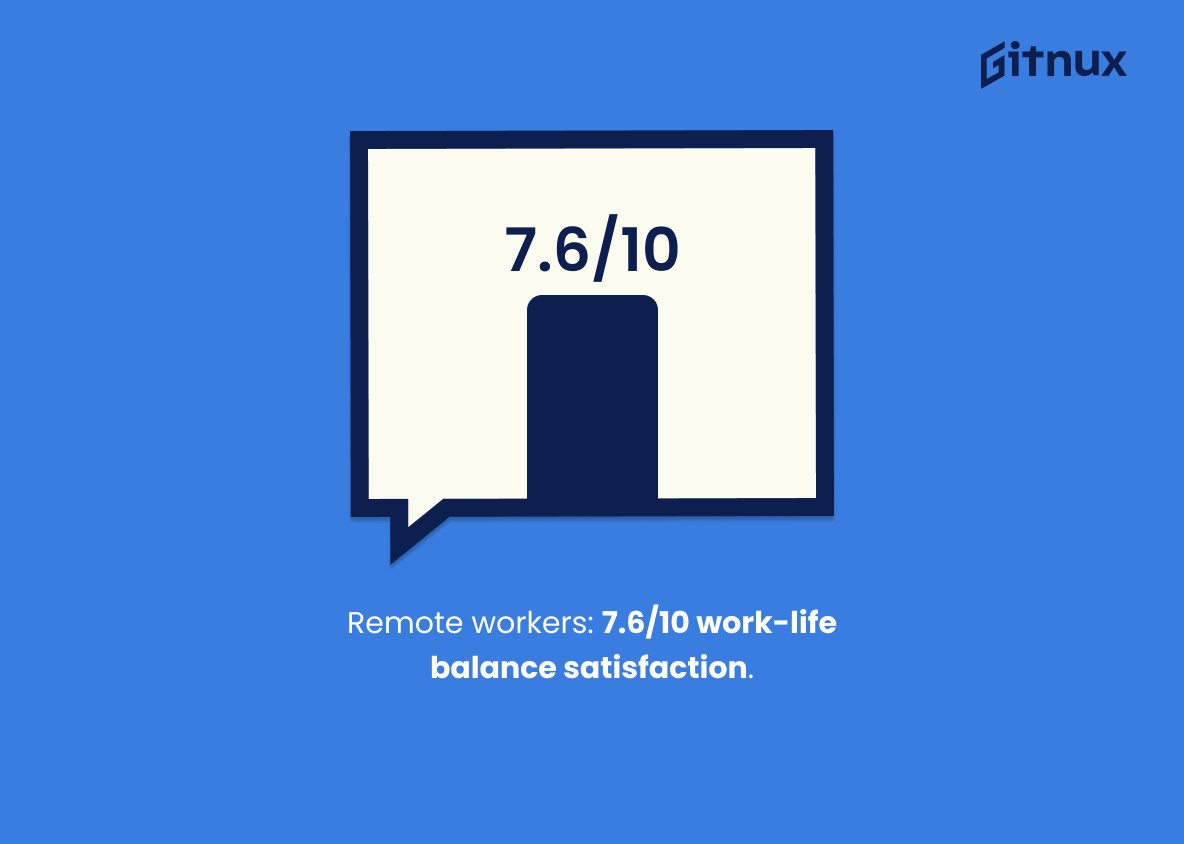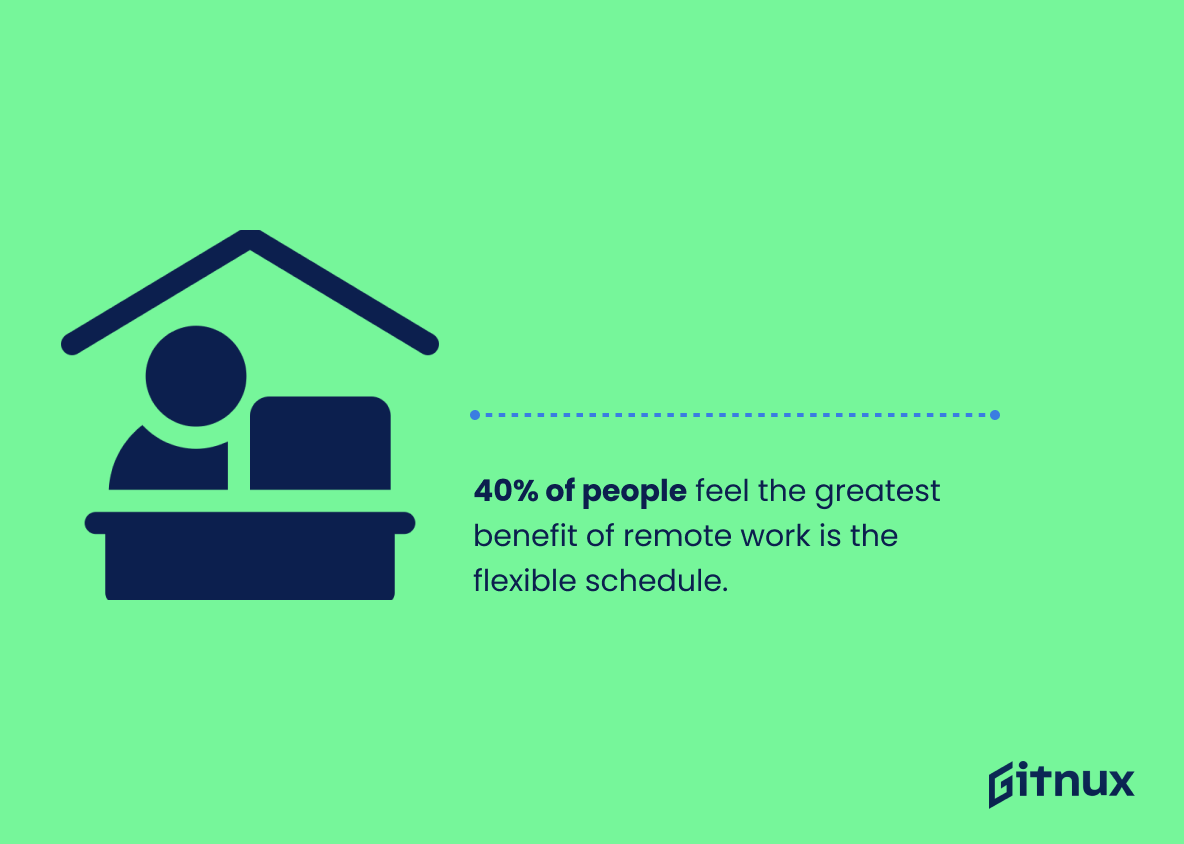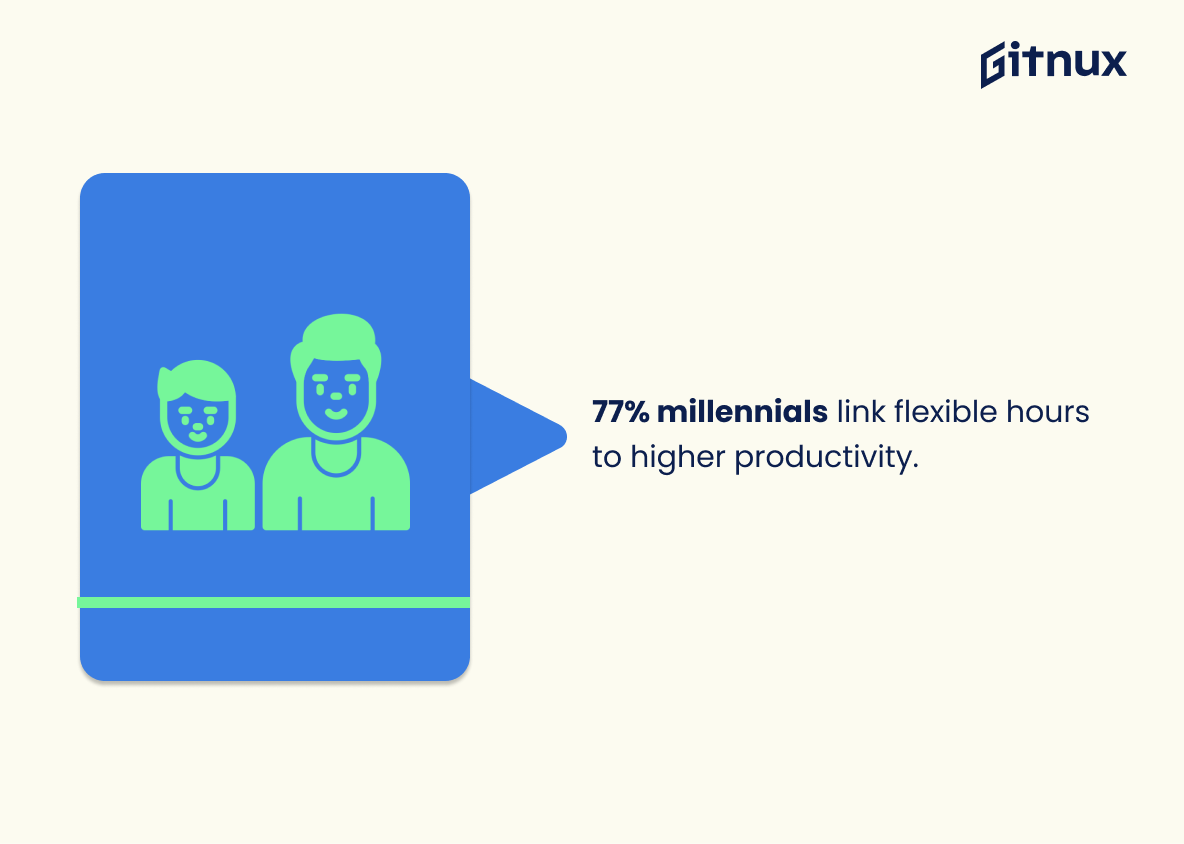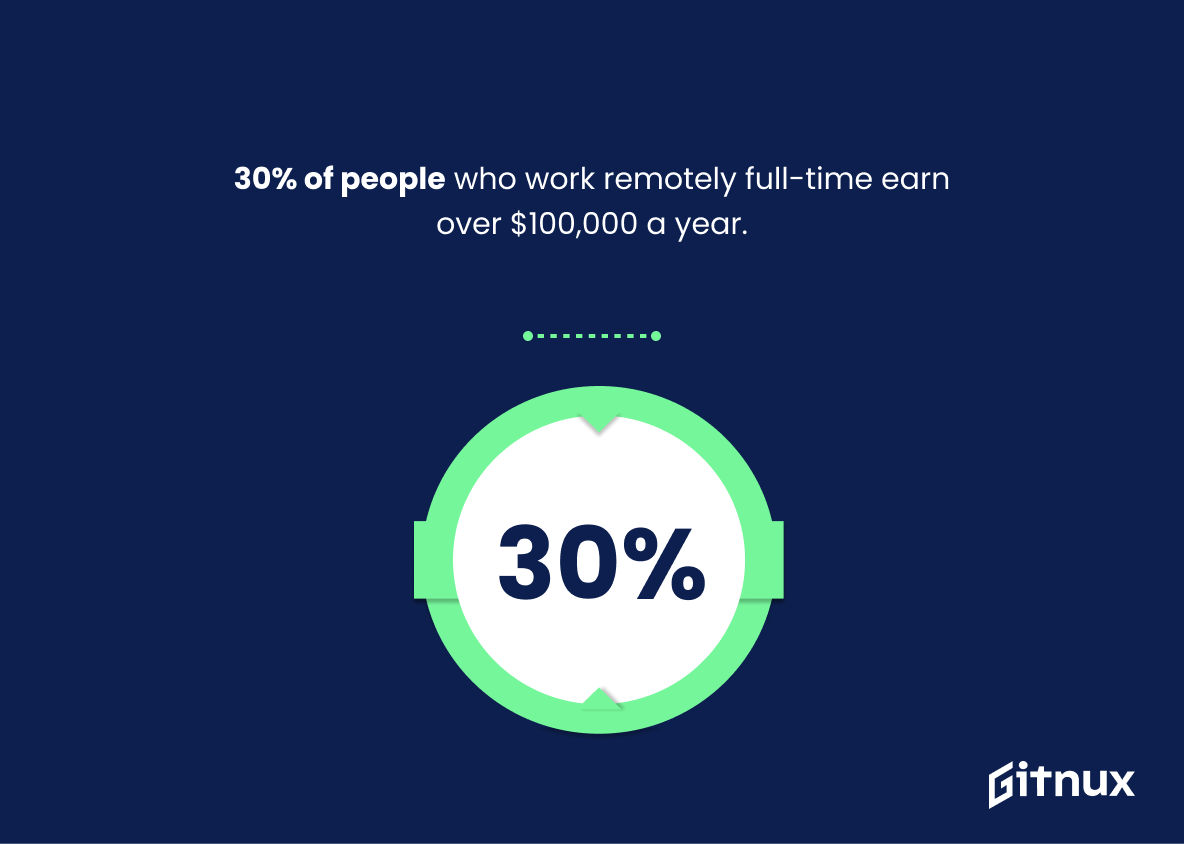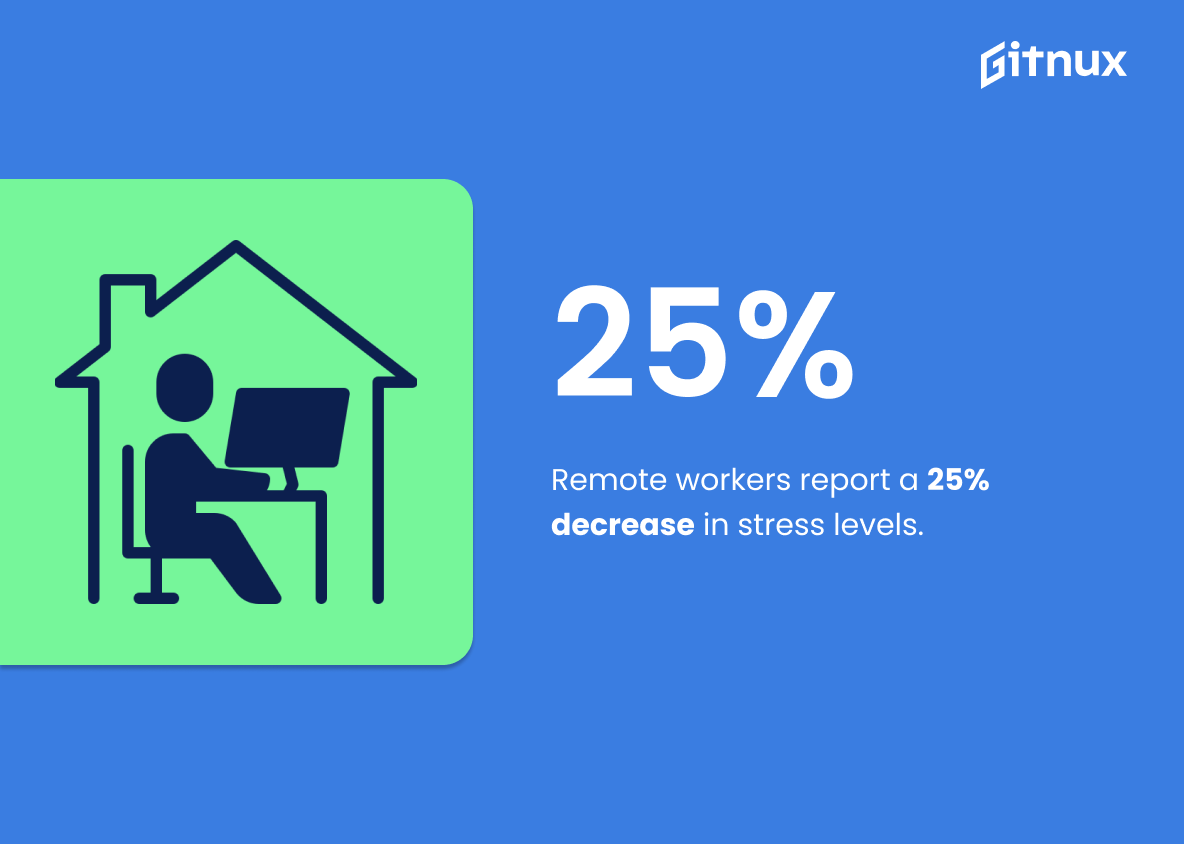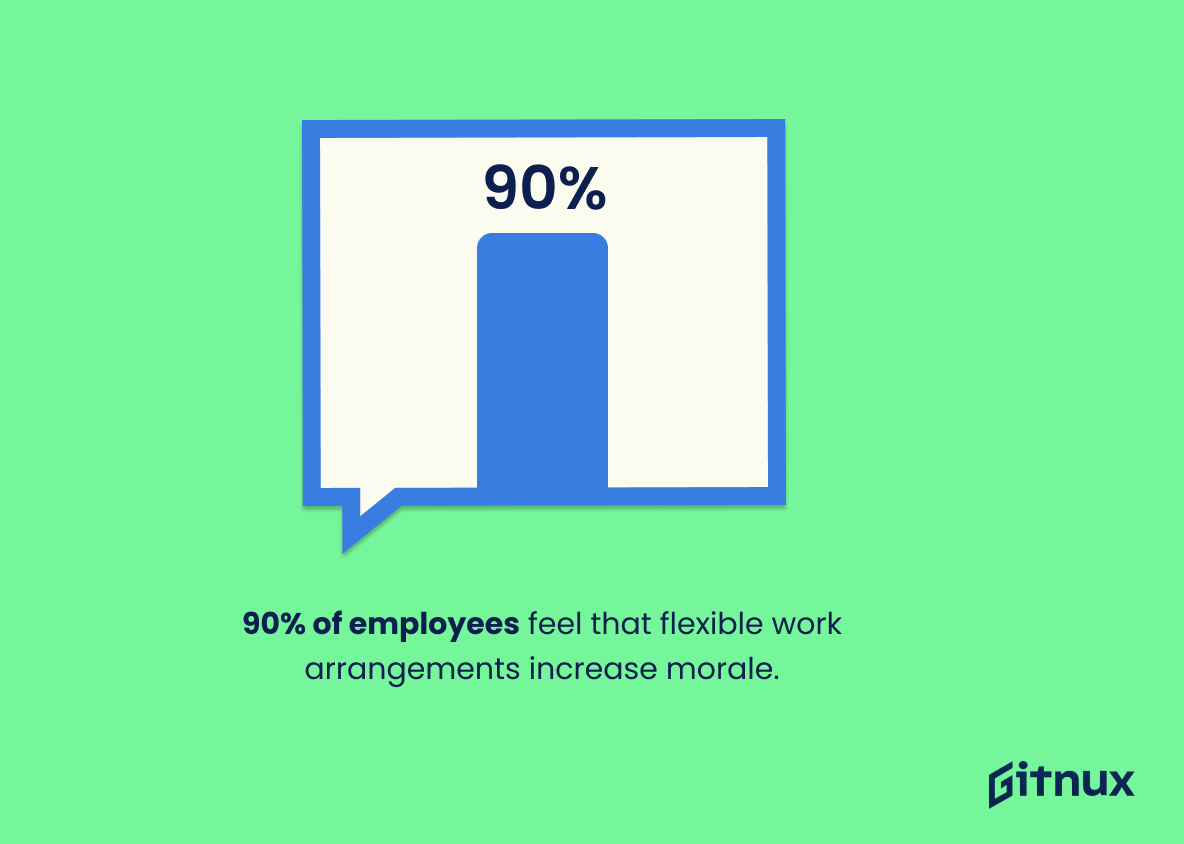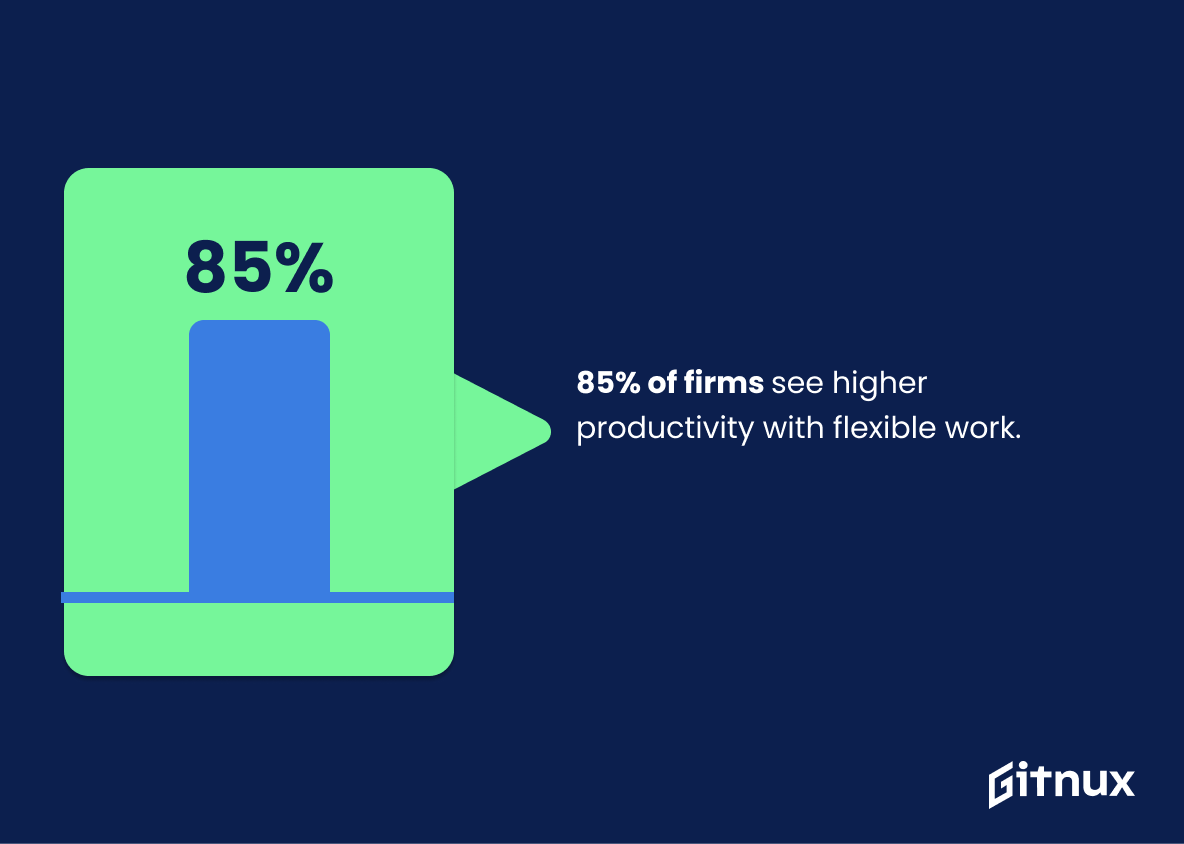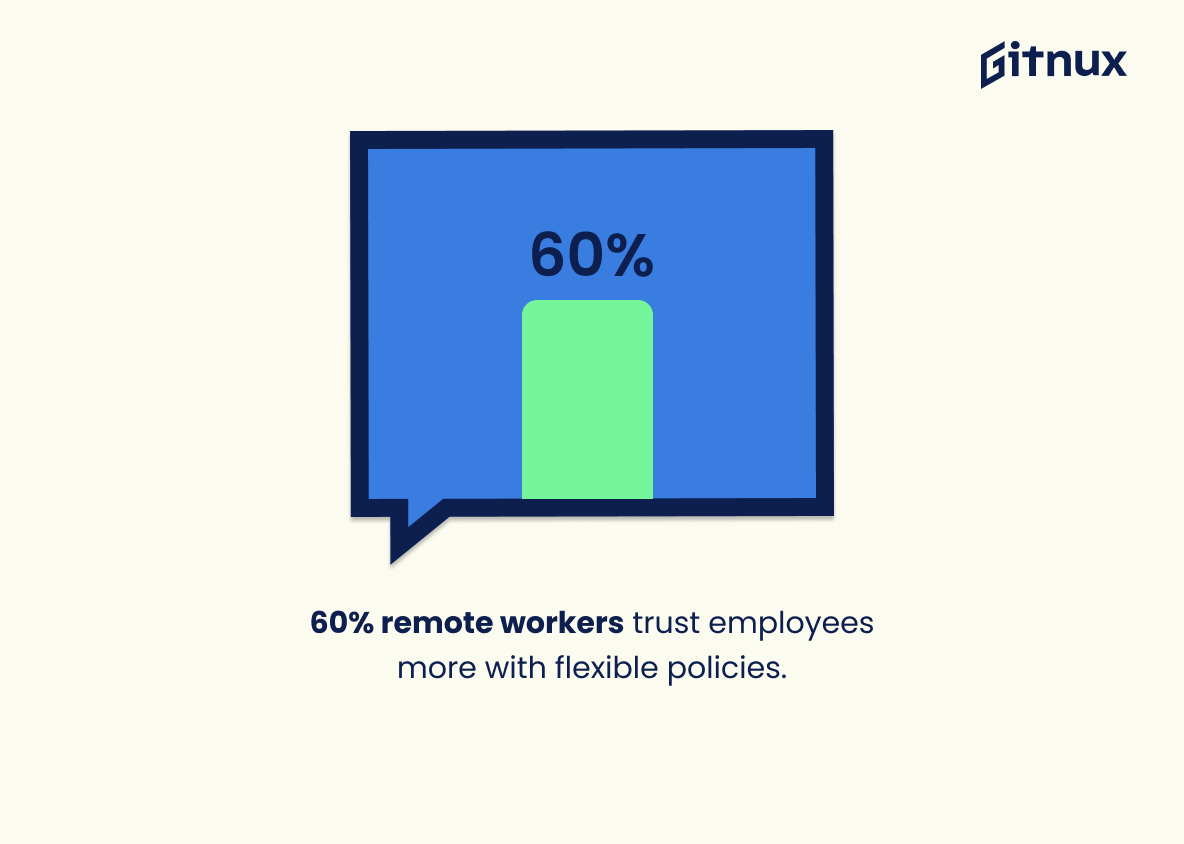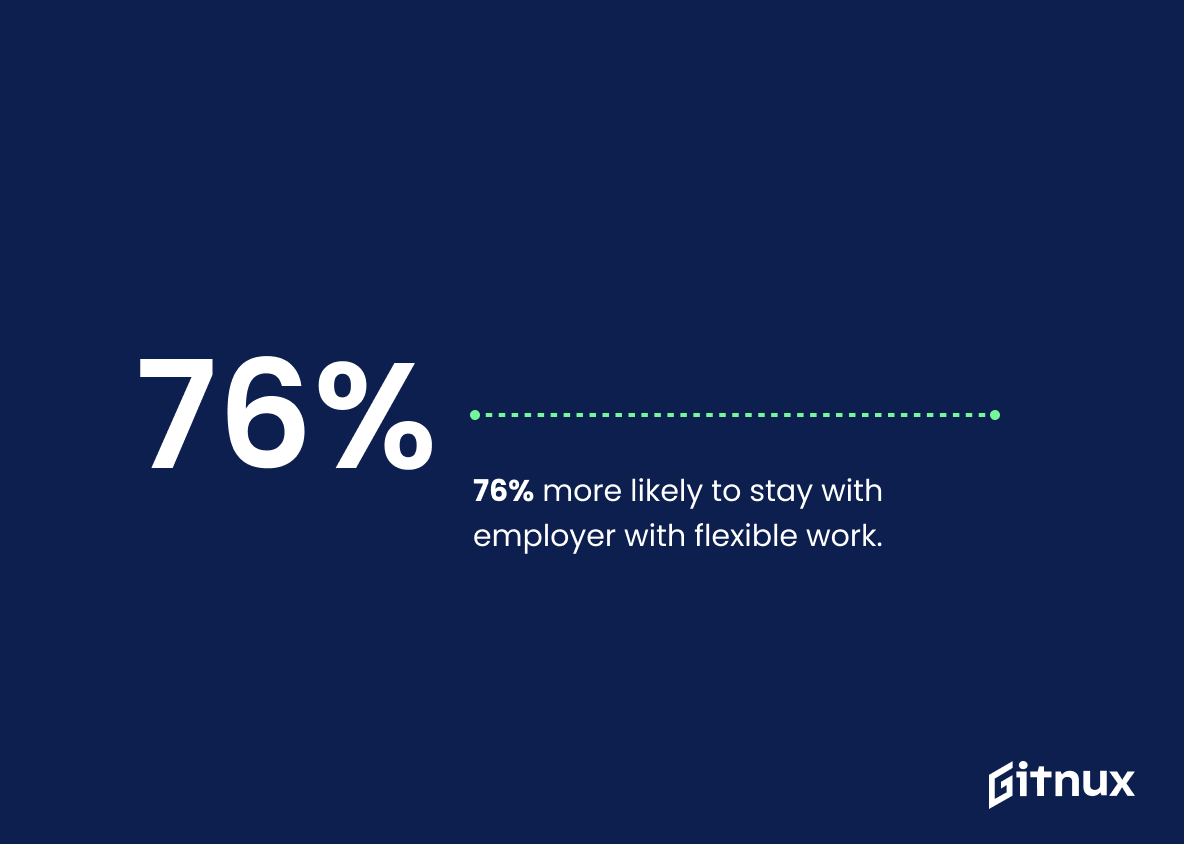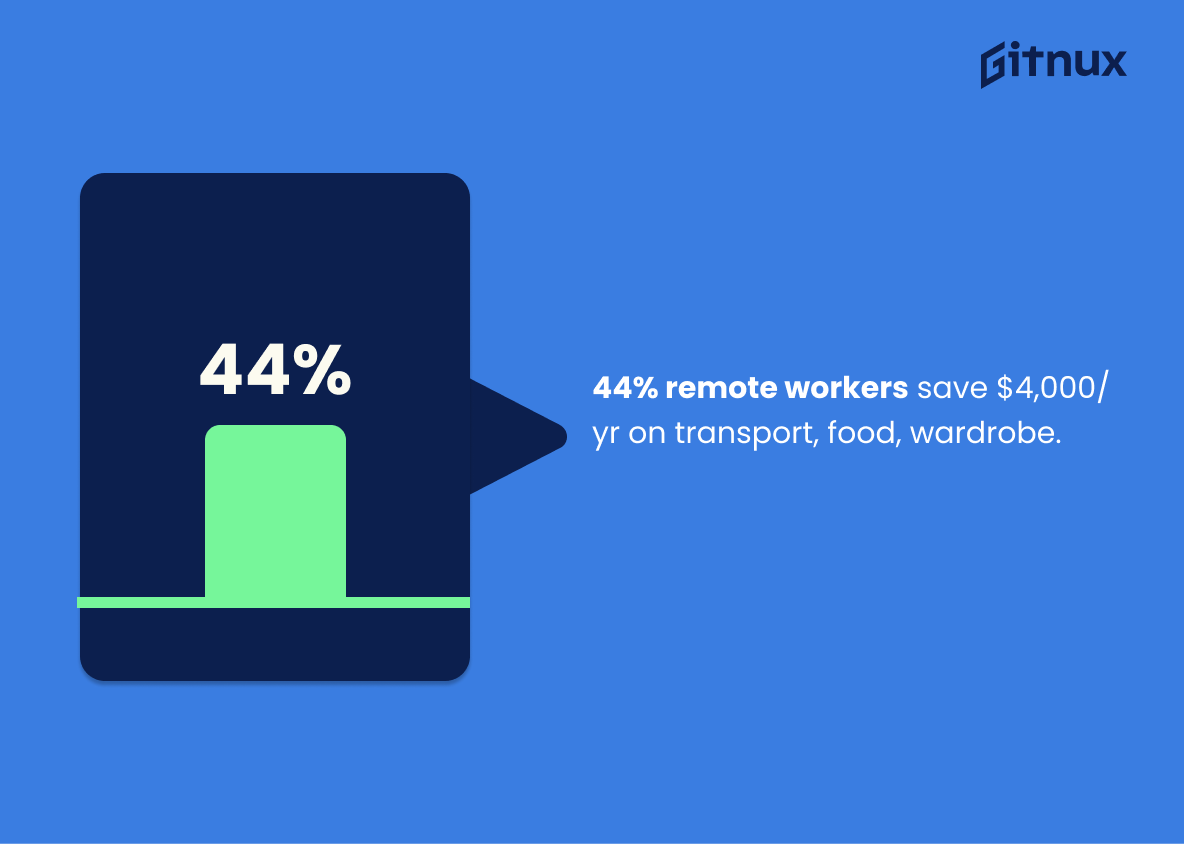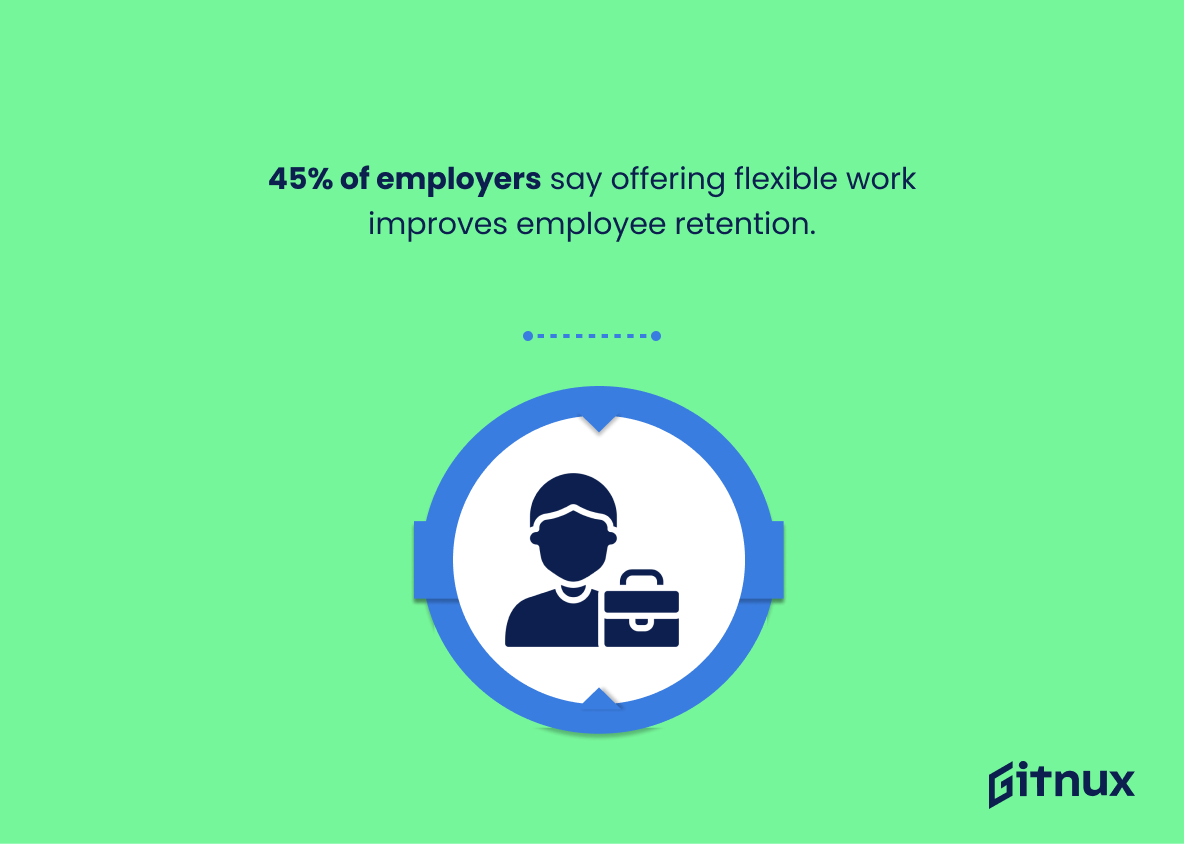Flexible work arrangements are gaining popularity, with 80% of employees identifying it as a crucial factor in job evaluation. Such arrangements can boost productivity by 13%, and 61% of workers have considered quitting due to inflexibility at work. While 96% of U.S workers need flexibility, just 47% have it.
Remote work brings satisfaction and balance, with 40% appreciating the schedule flexibility, and 77% of millennials seeing productivity improvements. Moreover, 30% of full-time remote workers earn over $100k annually, experiencing 25% less stress. Flexibility seems to boost morale, as attested by 90% of respondents.
Workplace flexibility isn’t just an individual benefit; 75% of employees rank it top, and 85% of businesses note productivity gains after its implementation. Interestingly, 69% of millennials would forgo other perks for greater day-to-day freedom. Additionally, 76% would stay longer at flexible companies, with 44% seeing financial savings from reduced transportation alone. For employers, 45% claim that flexibility improves retention.
In conclusion, granting team members flexibility over their tasks has various benefits. It’s time to explore what kind of flexibility your organization could provide.
Flexible Work Statistics Overview
96% of U.S. workers say they need flexibility, yet only 47% have it.
This statistic is a stark reminder of the discrepancy between what workers need and what they are actually getting. It highlights the need for employers to provide more flexible work options to their employees, as the majority of them are not currently receiving the flexibility they desire. This statistic is a powerful call to action for employers to make changes to their workplace policies and practices in order to better meet the needs of their employees.
Remote workers report a work-life balance satisfaction rating of 7.6 out of 10.
This statistic is a testament to the fact that remote work can be a viable option for achieving a healthy work-life balance. It shows that those who choose to work remotely are generally satisfied with the balance they are able to achieve, which is an important factor to consider when deciding whether or not to pursue a flexible work arrangement.
40% of people feel the greatest benefit of remote work is the flexible schedule.
This statistic is a powerful indicator of the value that remote work brings to employees. It speaks to the fact that having a flexible schedule is a major draw for people who are looking for a job that allows them to work from home. This statistic can be used to demonstrate the importance of offering flexible work options to employees, and can be used to support the argument that flexible work is beneficial for both employers and employees.
77% of millennials say flexible work hours contribute to increased productivity.
This statistic is a powerful testament to the effectiveness of flexible work hours. It shows that millennials, who are often seen as the most tech-savvy and forward-thinking generation, recognize the value of flexible work hours in terms of increased productivity. This statistic can be used to demonstrate the potential benefits of flexible work hours to employers, and can be used to encourage them to consider implementing flexible work hours in their own organizations.
30% of people who work remotely full-time earn over $100,000 a year.
This statistic is a powerful indicator of the potential financial benefits of working remotely full-time. It shows that a significant portion of remote workers are able to earn a high salary, which could be a motivating factor for those considering making the switch to a remote work lifestyle.
Remote workers report a 25% decrease in stress levels.
This statistic is a powerful testament to the positive impact of flexible work. It shows that remote work can be a great way to reduce stress levels, which is an important factor in overall wellbeing. This statistic is a great reminder that flexible work can be beneficial for both employers and employees.
90% of employees feel that flexible work arrangements increase morale.
This statistic is a powerful indicator of the positive impact flexible work arrangements can have on employee morale. It suggests that the majority of employees feel that having the ability to work flexibly boosts their motivation and enthusiasm for their job. This is an important point to consider when discussing the benefits of flexible work, as it highlights the potential for improved job satisfaction and productivity.
75% of employees rank workplace flexibility as their top benefit.
This statistic is a powerful indicator of the importance of workplace flexibility to employees. It shows that the majority of employees prioritize workplace flexibility when it comes to benefits, making it a key factor in employee satisfaction and retention. This statistic is a valuable piece of evidence to include in a blog post about Flexible Work Statistics, as it demonstrates the importance of workplace flexibility in the modern workplace.
85% of businesses report an increase in productivity after implementing flexible work policies.
This statistic is a powerful testament to the effectiveness of flexible work policies. It shows that businesses that have implemented such policies have seen a significant improvement in productivity, which is a major benefit for any organization. This statistic is an important reminder that flexible work policies can be a great way to increase efficiency and productivity in the workplace.
80% of remote workers report better work-life balance.
This statistic is a testament to the power of flexible work. It shows that when given the opportunity to work remotely, employees are able to better manage their work-life balance. This is an important statistic to consider when discussing the benefits of flexible work, as it demonstrates that it can have a positive impact on employees’ lives.
By 2028, 73% of all departments will have remote workers.
This statistic is a powerful indicator of the growing trend of flexible work. It shows that more and more departments are embracing the idea of remote work, which is a great sign for those who are looking for more flexible work options. It also shows that employers are becoming more open to the idea of allowing their employees to work remotely, which is a great sign for the future of flexible work.
60% of remote workers reported feeling more trusting of their employees after implementing more flexible work policies.
This statistic is a testament to the power of flexible work policies in fostering trust between employers and employees. It shows that when employers give their employees the freedom to work remotely, it can lead to a more trusting relationship between the two parties. This is an important point to make in a blog post about Flexible Work Statistics, as it highlights the potential benefits of implementing such policies.
76% of workers would be more willing to stay with their current employer if they had flexible work options.
This statistic is a powerful indicator of the importance of flexible work options in the workplace. It shows that the majority of workers would be more likely to stay with their current employer if they had the option to work flexibly. This highlights the need for employers to provide flexible work options in order to retain their employees and ensure job satisfaction.
44% of remote workers report a minimum financial savings of $4,000 a year due to reduced transportation expenses, food costs, and wardrobe needs.
This statistic is a powerful testament to the financial benefits of remote work. It demonstrates that not only can remote workers save money on transportation, food, and wardrobe costs, but that these savings can add up to a significant amount. This is an important point to consider when discussing the advantages of flexible work.
45% of employers say offering flexible work improves employee retention.
This statistic is a powerful indicator of the positive impact that flexible work can have on employee retention. It shows that employers recognize the value of offering flexible work options to their employees, and that they are seeing tangible results in terms of improved employee retention. This is an important point to make in a blog post about flexible work statistics, as it demonstrates the real-world benefits of offering flexible work arrangements.
Conclusion
The statistics presented in this blog post demonstrate the numerous benefits of flexible work arrangements for both employers and employees. Flexible work options can lead to increased productivity, improved morale, better job satisfaction, higher retention rates, and cost savings.
Employers should consider offering more flexible working opportunities as a way to attract top talent while also improving employee engagement and loyalty. Employees should take advantage of these opportunities when available in order to improve their overall quality of life by achieving greater balance between their professional lives and personal commitments.
References
0. – https://www.buffer.com
1. – https://www.peoplemanagement.co.uk
2. – https://www.remotebliss.com
3. – https://www.vodafone.com
4. – https://www.remote.co
5. – https://www.forbes.com
6. – https://www.shrm.org
7. – https://www.economist.com
8. – https://www.zdnet.com
9. – https://www.businesswire.com
10. – https://www.flexjobs.com

